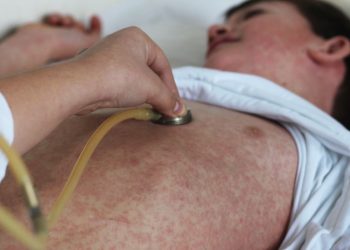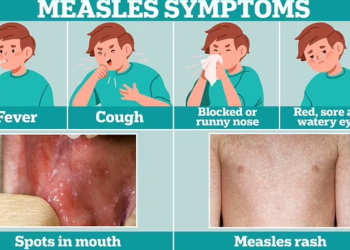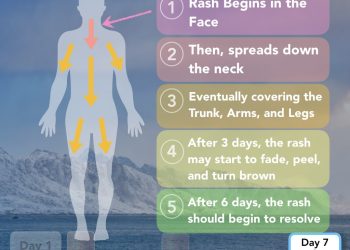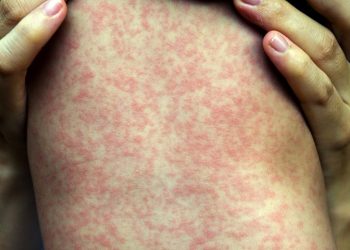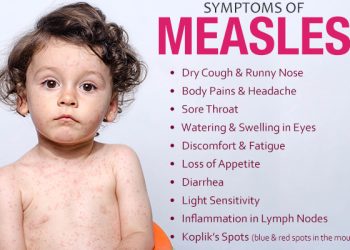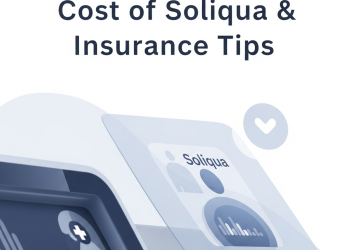Maintaining good health starts with understanding different medical conditions and how to prevent them. Some diseases share similar symptoms and are often mistaken for one another, but identifying even subtle differences is crucial. This is especially true for Peripheral Arterial Disease (PAD) and Peripheral Venous Disease (PVD). While both conditions affect blood circulation, they are distinct in nature.
In this detailed guide, we’ll explore the differences between PAD and PVD, their symptoms, risk factors, and prevention strategies to help you take proactive steps toward vascular health.
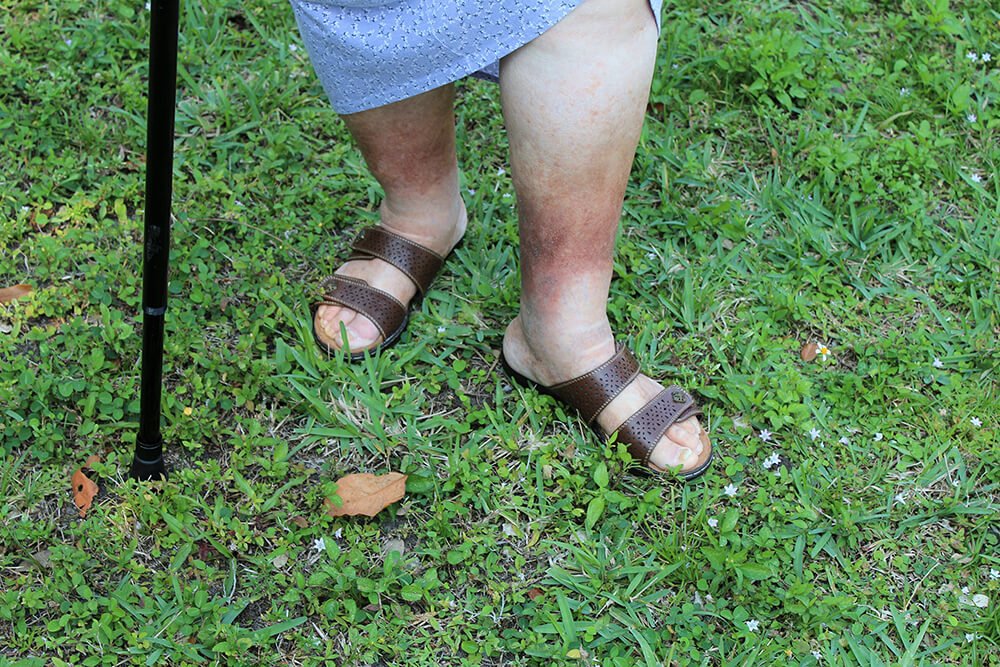
What Is Peripheral Arterial Disease (PAD)?
PAD is a vascular disease that occurs when arteries become narrowed or blocked due to plaque buildup. This restricts oxygenated blood flow to the limbs, primarily affecting the legs. It is commonly associated with atherosclerosis, a condition where fatty deposits accumulate inside the arteries.
Symptoms of PAD
Recognizing the signs of PAD is essential for early diagnosis and treatment. Symptoms include:
- Intermittent claudication: Pain or cramping in the legs, thighs, or buttocks during movement but subsides when resting.
- Skin changes: Discoloration or thinning of the skin on the legs.
- Numbness or tingling: A reduced sensation in the lower extremities.
- Slow-healing sores: Ulcers or wounds on the feet or legs that take longer than normal to heal.
- Poor nail and hair growth: Reduced growth on the legs or toes.
- Cool temperature: The affected limb may feel colder than the rest of the body.
Causes and Risk Factors of PAD
PAD is primarily caused by atherosclerosis, but several factors increase the likelihood of developing the condition:
- Smoking or exposure to secondhand smoke
- High cholesterol levels
- High blood pressure
- Diabetes
- Obesity
- Sedentary lifestyle
- Genetic predisposition
What Is Peripheral Venous Disease (PVD)?
Unlike PAD, which affects arteries, PVD impacts the veins and the overall blood circulation from the limbs back to the heart. This condition includes varicose veins, chronic venous insufficiency, and deep vein thrombosis (DVT).
Symptoms of PVD
PVD symptoms may resemble PAD, but they stem from poor venous circulation:
- Leg swelling: Fluid buildup in the legs or ankles.
- Heaviness or tightness: A persistent feeling of tightness or heaviness in the legs.
- Dull pain or cramps: Mild, ongoing discomfort in the lower limbs.
- Skin changes: Discoloration or thickened skin in the affected area.
- Burning sensations: A warm feeling in the lower legs.
- Cold extremities: Feet or legs that feel colder to the touch.
- Loss of hair on legs: Decreased hair growth due to limited blood supply.
Causes and Risk Factors of PVD
PVD can be caused by poor circulation, blood clots, or venous valve dysfunction. Risk factors include:
- Aging
- Pregnancy
- Prolonged sitting or standing
- Sedentary lifestyle
- Obesity
- Smoking
- Family history of venous disorders
Key Differences Between PAD and PVD
| Feature | Peripheral Arterial Disease (PAD) | Peripheral Venous Disease (PVD) |
|---|---|---|
| Affects | Arteries | Veins |
| Blood Flow Issue | Blocked or narrowed arteries restrict oxygenated blood flow | Poor return of blood to the heart from the limbs |
| Main Cause | Atherosclerosis | Venous valve dysfunction or blood clots |
| Pain Pattern | Pain worsens with activity and improves with rest | Pain may improve with movement but worsen with prolonged standing or sitting |
| Skin Changes | Thin, discolored skin, cold extremities | Darkened, thickened skin, swelling |
| Wound Healing | Slow or non-healing wounds | Swelling and skin changes due to fluid buildup |
Prevention and Lifestyle Changes
Taking proactive measures can help prevent both PAD and PVD. Key lifestyle changes include:
1. Healthy Diet
- Increase consumption of fruits, vegetables, whole grains, and lean proteins.
- Avoid processed foods, unhealthy fats, and sugary snacks.
2. Regular Exercise
- Engage in at least 30 minutes of moderate exercise daily.
- Walking, swimming, and cycling improve circulation.
3. Quit Smoking
- Smoking contributes to atherosclerosis and poor circulation.
- Seek professional help if needed to quit.
4. Maintain a Healthy Weight
- Being overweight strains the vascular system, leading to circulation problems.
5. Control Chronic Conditions
- Diabetes, high blood pressure, and high cholesterol should be managed with medication and lifestyle adjustments.
6. Medication and Medical Interventions
- Prescription blood thinners, cholesterol-lowering drugs, and blood pressure medications may be necessary.
- In severe cases, angioplasty, stenting, or vascular surgery might be required.
FAQs
1. Can PAD and PVD be cured?
While there is no complete cure, early intervention and lifestyle changes can manage symptoms and prevent worsening.
2. How is PAD diagnosed?
Doctors use ankle-brachial index (ABI), ultrasound, CT angiography, or MRI scans to diagnose PAD.
3. What are the first signs of PAD?
Early symptoms include leg pain while walking (claudication), numbness, and slow-healing wounds.
4. Can exercise improve PAD and PVD?
Yes, regular exercise improves blood circulation, strengthens muscles, and reduces symptoms.
5. Who is at higher risk for PAD and PVD?
People who smoke, have diabetes, high cholesterol, or a sedentary lifestyle are at higher risk.
